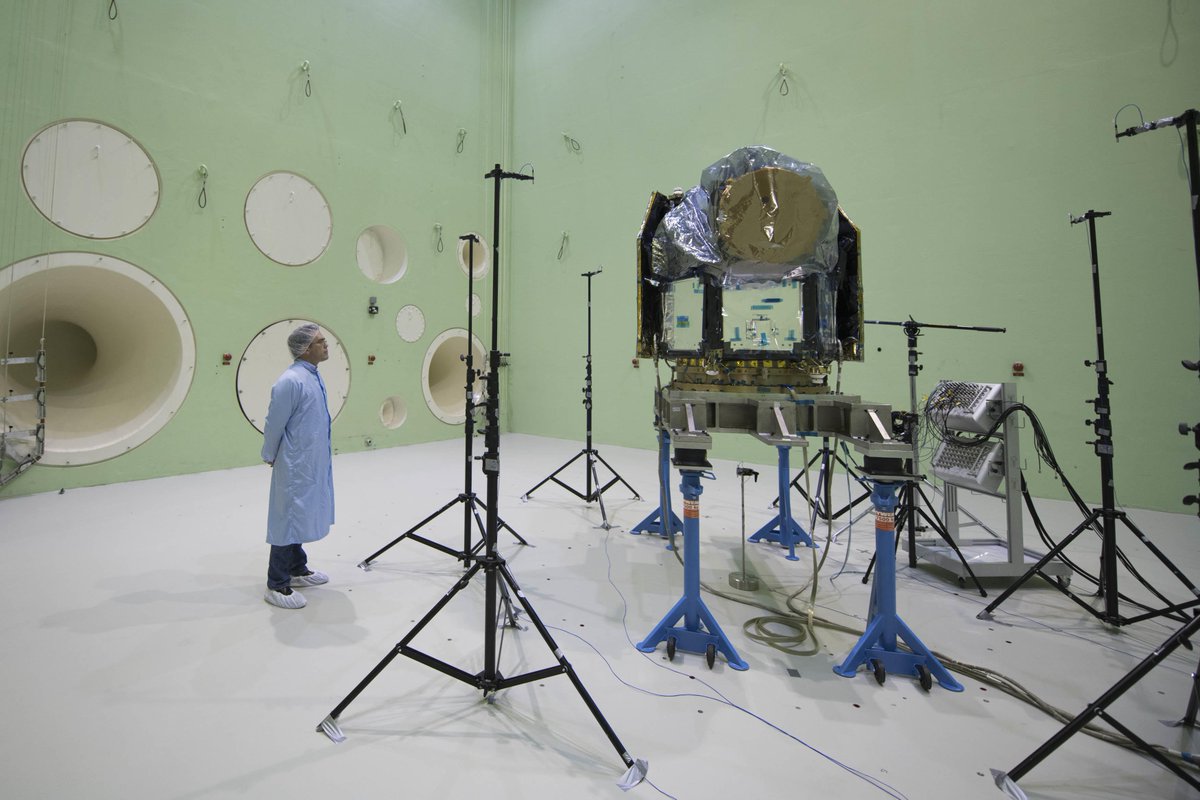
By the mid-1950's the German group was disbanded and additional Russian design bureaux were set up for rocket design (Glushko, Makeyev, Yangel). Korolev made sure he had the 'lucky' odd numbers (R-3, R-5, R-7, R-9, R-11, but not R-13!), while the Germans were assigned numbers beginning with 10 (R-10, R-12 through R-15).

The first two designs, the R-1 and R-2, were joint efforts. Unknown to them, the designs had a parallel secret 'R-' designation. The German team knew their own designs only under a 'public' system of 'G' (for Groettrup) numbers. This number sequence originated in the late 1940's and was shared between a Russian team under Chief Designer Korolev and a 'guest' German team under Groettrup. R-1, R-2, R-3, R-5 R-5M for modernised or maritime version, R-14U for universal version, etc.). The 'secret' designation for large ballistic missiles and space launchers consisted of the letter R followed by a sequential number, followed by letters indicating a modification to the basic design (e.g. The actual system used within the Soviet Union consisted of two designations: 'secret' and 'public' (although both were considered state secrets!) These were perversely assigned similar to an existing real designation system but in a slightly different sequence.
#SOYUZ T LAUNCHER SERIES#
The Soviets eventually obliged by creating a bogus series of 'RS' designations. During the SALT-2 and INF treaty negotiations the US side pressed for true Soviet designations to be used. In order to preserve their state secrets they went so far as to use the CIA designations for their missiles in the 1972 SALT-1 Treaty. Whatever true designations became known to the western intelligence agencies were not made public in order to conceal intelligence 'sources and methods'. See Aleksey Martinov's Designations Of Soviet and Russian Military Aircraft and Missiles at Andreas Parsch's for a complete listing. The CIA codes consisted of letters indicating the role of the missile followed by a number assigned in the sequence in which the missile was detected (usually by telemetry intercepted during missile tests).
#SOYUZ T LAUNCHER CODE#
During the Cold War the missiles were referred to by a sequential code assigned by the US Central Inteligence Agency or by a code name assigned by the NATO ASCC Reporting Committee.

Therefore as long as that state existed very few of the designations were made public. The designations of Soviet missiles, launch vehicles, and spacecraft were considered state secrets.


Here for the original article on Encyclopedia Astronautica. Mark Wade wrote this article for his excellent Encyclopedia Astronautica site,Īnd it is mirrored on Designation-Systems.Net with Mark's permission. This is expected to be the last iteration on the Soyuz design, to be eventually replaced by «Федерация», or "Federation".Russian Designations of Missiles and Spacecraftĭesignations of Soviet and Russian Missiles and Spacecraft


 0 kommentar(er)
0 kommentar(er)
